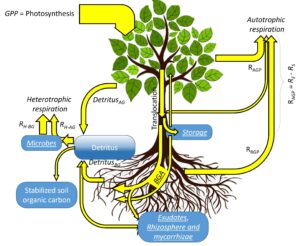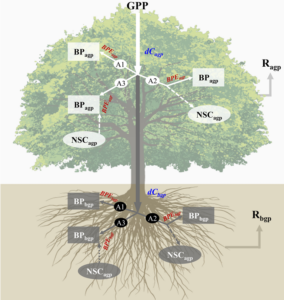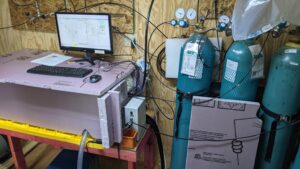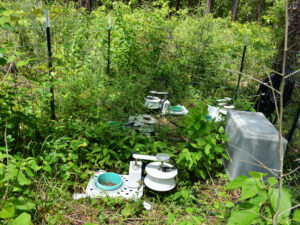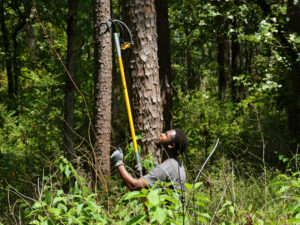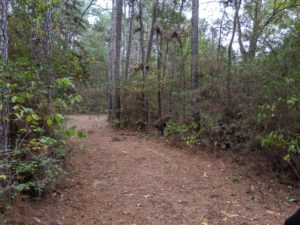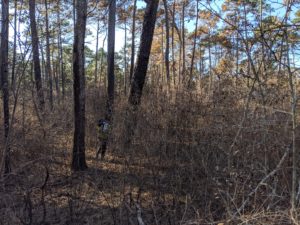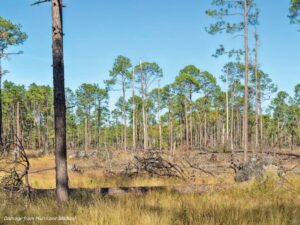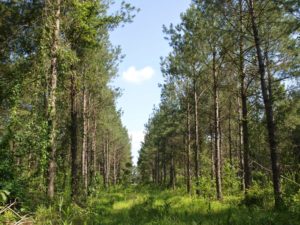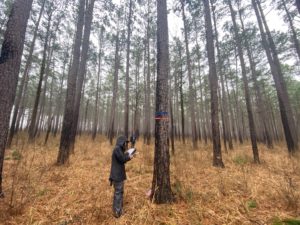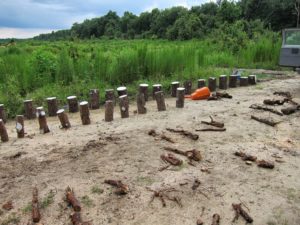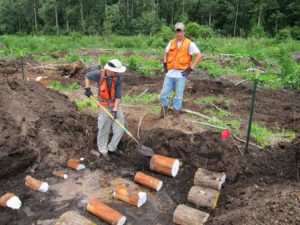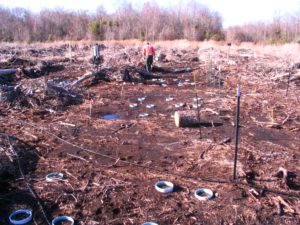Belowground carbon allocation
We developed a conceptual model that allows the estimation of belowground carbon allocation at high temporal resolution (monthly to seasonal), and are currently testing its performance in different ecosystems.
|
|
|
|
The effect of prescribed burning frequency on soil carbon stock and annual carbon balance
Many pine forests in the Southern USA are burned regularly for managing the fuel load and reducing the risk of wildfires, as well as for managing the habitat for some wildlife species, like the endangered red-cockaded woodpecker.
Management and land use change effects on soil carbon dynamics
Soil carbon content correlates with its water and nutrient holding capacities, biodiversity, and ultimately what is called “soil health”. In both forests and rangelands, progressive management techniques are considered those that preserve or build soil carbon stock.
Coarse root decomposition
The relative importance of coarse roots to long-lived soil carbon remains unclear. Anecdotal evidence of intact old roots in the soil does not fit with published decomposition constants and the chemical evidence suggesting that the majority of “old” soil carbon consisting of fungal
|
|
|
Seasonality or phenology of ecosystem processes
Net ecosystem fluxes of carbon and water are sums of multiple individual processes, each with potentially different environmental responses. We quantify the seasonality of a number of sub-processes to better validate the seasonality of ecosystem models.

Cover image of the book “Phenology of Ecosystem Processes“ |
Flux seasonality metrics (Yang & Noormets 2021) |
External project web pages
Ameriflux North Carolina Core Sites
